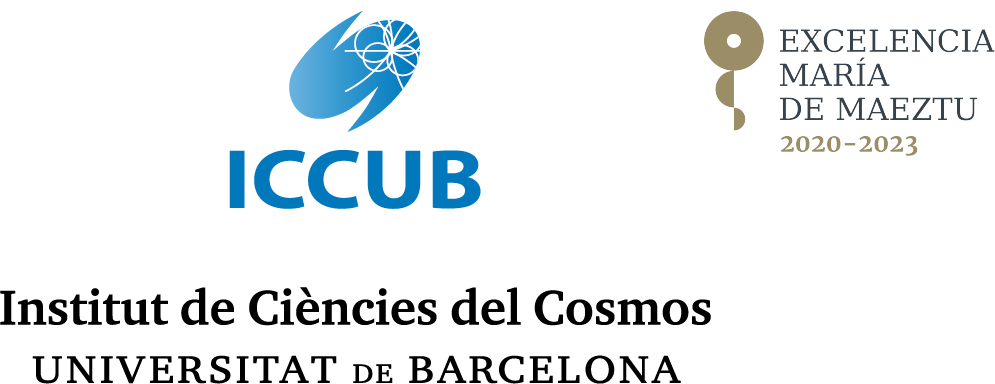Workshop on Gravitational Wave Modelling
→
Europe/Madrid
ICCUB
Martí i Franquès, 1
08028 Barcelona
Room: Pere Pascual (5th floor)
Description
This workshop is devoted to the development and implementation of waveforms for gravitational wave data analysis, with particular emphasis on binary black hole mergers. We aim to push state of the art models used by the Ligo-Virgo-Kagra collaboration for detection and parameter estimation in preparation for the observing run O4.
Acknowledgements
This event is part of the grant CEX2019-000918-M funded by MCIN/AEI/10.13039/501100011033.

Organized by The Institute of Cosmos Sciences

Registration
Registration for Gravitational Wave Modelling Workshop
Participants
